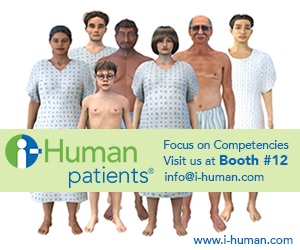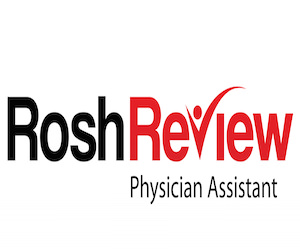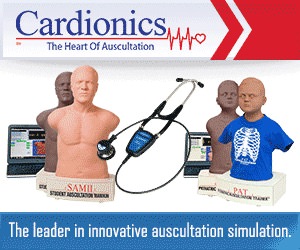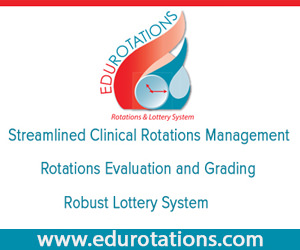Board Candidates
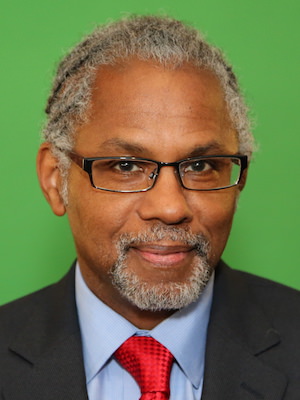
Howard Straker, MPH, PA-C
Secretary Platform Statement
When I ran for the Secretary three years ago I used the metaphor of adolescence as a description for PAEA’s growth. Today I place PAEA as entering the stage of late adolescent development. By having a growth spurt in the number of members, PAEA is still adjusting to the new size. With this growth is an increased need for products and services, both for the influx of those joining the ranks of faculty as well as to support the continuing faculty. We have to be more agile in responding to these needs. We getting are still adjusting to our relatively new volunteer structure and are making modifications in our staff. We have to become more effective in harnessing the contributions of all.
We are sitting at the adult table many times, but there are still the meals to be invited to. We must continue to advocate for these invitations. We need to have more research about the PA workforce. Policy makers and funders need to know about PAEA and PAs. I see PAEA as an important voice in the PA profession, in health professions education and in health care. As Secretary and part of the Board, I will continue to work to help us optimize our growth.
Optimizing growth requires continued focus on diversity across several areas. I will continue to support our strategic plans in this area. I value diversity and inclusion as a means to achieve excellence; diversity of perspective and diversity of composition. We have to shift to from looking at diversity as an endpoint to seeing diversity and inclusion as the process by which we achieve quality health for our organization and for society.
I see organizations and the world in which they operate as complex systems with multiple interacting parts. By strategically emphasizing interdependence among parts of our organization, we can mobilize synergies necessary to meet the complex challenges health care faces in the future. I look forward bringing this perspective to the inclusive strategic planning process which is now being undertaken.
I value the experience, needs and wants of our membership, our staff and board members. I look forward to continuing to serve the organization that I believe is critical to leading the future of PA education.
Responses to Association Questions
- What characterizes a high-performing Board member and which of those attributes do you posses that would provide strong contributions to the PAEA board?
The Board’s purpose is to ensure the success of PAEA by representing the interests of the members, providing direction and leadership through current issues, and guiding the organization into the future. This requires in depth inquiry into issues, asking questions that search for root causes, exploring the values and assumptions of various positions, and considering new ideas, all to make good decisions. A high functioning Board member contributes to the team in a manner that facilitates these functions. She or he must operate with an enthusiasm for PA education and PAEA, have a high regard for other team members, including challenging their ideas and being accountable for the work to be done. I believe that diversity and collaboration lead to excellence. Therefore, I usually listen and think before adding to discussions and will challenge ideas and offer new or different perspectives, including playing the devil’s advocate role. My experience working across various PA programs and with numerous PA educators over the years allows me insight into the range of interests and issues of our membership. I enjoy working within a team and can pay attention to a breadth of issues, from big picture to procedural detail (important for the role of Secretary). I am excited about PAEA and contributions we make to PA education, the PA profession and health care. These are some of the attributes I bring to the Board. - If PAEA’s entire budget was represented by $100, what amount of money would you invest in products & services that benefit individual programs (e.g., exams, workshops), and what amount would you invest in initiatives that benefit the field as a whole (e.g., advocacy, legislation)? Please provide rationale for your response.
Our budget should reflect our mission which includes both ensuring “quality PA education through the development and distribution of goods and services” and representing PA education to the world. Our major priority should be products and services to help meet the needs for our current and expanding programs, students and faculty. These include the Forum, journal, workshops, curricular toolkits, exams, etc. They promote quality PA education and allow the member programs and faculty the time and space to innovate PA education. We should enhance our production in this area. I believe approximately ¾ of the organization’s attention should focus on products and services. This translates to budgeting a ballpark of $70 minimum and $80 maximum of our $100 on products and services (hovering at $75). This general range permits flexibility to respond to changing situations in any given year. Likewise, our strategic initiatives should be between $20 and $30 depending on the context. The research promoted through the budget should enhance PAEAs strategic ability to position PAs in the health and education fields by supplying evidence about PAs, which supports the advocacy work. Strategic initiatives like advocacy benefit the PA education field as whole, but the benefit is also felt at the program level. These strategic initiatives are our investments into securing the present and future of PA education. It places PAEA at the table with health care and education policy makers and funders. This combination provides a healthy balance between long and short term needs. - What are some of the most important unanswered questions relating to the clinical rotation site shortage that the Board needs to address?
There are several questions relating to clinical rotation site shortage. Some are logistical questions like what are the are the actual numbers of sites needed by each program? How do medical and nurse practitioner student rotations impact the PA student rotations? What is the number of programs paying for sites and how much is being paid? How can PAEA foster collaboration among its members to share information and resources to address this problem? Other questions delve into the depth and core of PA education. These questions are probably among the other important for the board to consider. What are the clinical competencies that a graduating PA student should have? What are the other methods (ie simulation) to achieve this competence? How much clinical rotation time is necessary for a student to achieve clinical competence to graduate? Do all students need the same amount of clinical rotation time to achieve competency? How can PAEA partner with the ARC in addressing clinical competence for PA programs and students? Answering these later questions could empower the Board to focus on the clinical rotations in meaningful and possibly innovative ways. - What are the three most important emerging trends in health care and health care education that will affect PA education in the coming decade?
In the rapidly changing complex environment, choosing only three emerging trends is difficult. I offer one topic affecting the content of future PA education and two topics on process. The first trend, which has already begun and will continue to affect PA education, is the use of e-learning technologies. K-12 education is already incorporating technologies like blended learning (combination of online and face-to-face classroom) into their pedagogy. Over the next decade our PA student learners will arrive with expectations to have interactive in- and out-of-classroom learning experiences that will prepare them to work with the changing medical technologies. The second trend is our decreasing percentage of underrepresented minorities as our program/student numbers grow and the diversity of country expands. To meet the health care needs of the country this trend has to be reversed which will require committed outreach, thinking, and action. The third trend is health systems thinking. Clinicians of the future will be expected interact with health systems to solve complex problems of patient care. Thus future PAs should understand the structure and processes of care. The domains included in this arena are: health care policy, patient safety and quality improvement; clinical informatics/health information technology; population and public health; value-based care; health system improvement; leadership and change agency; and teamwork and interprofessional education. PA education will have to develop curricular frameworks for our students that systematically integrate systems thinking with individual patient care. This should empower future PAs to participate in and facilitate health care teams.



